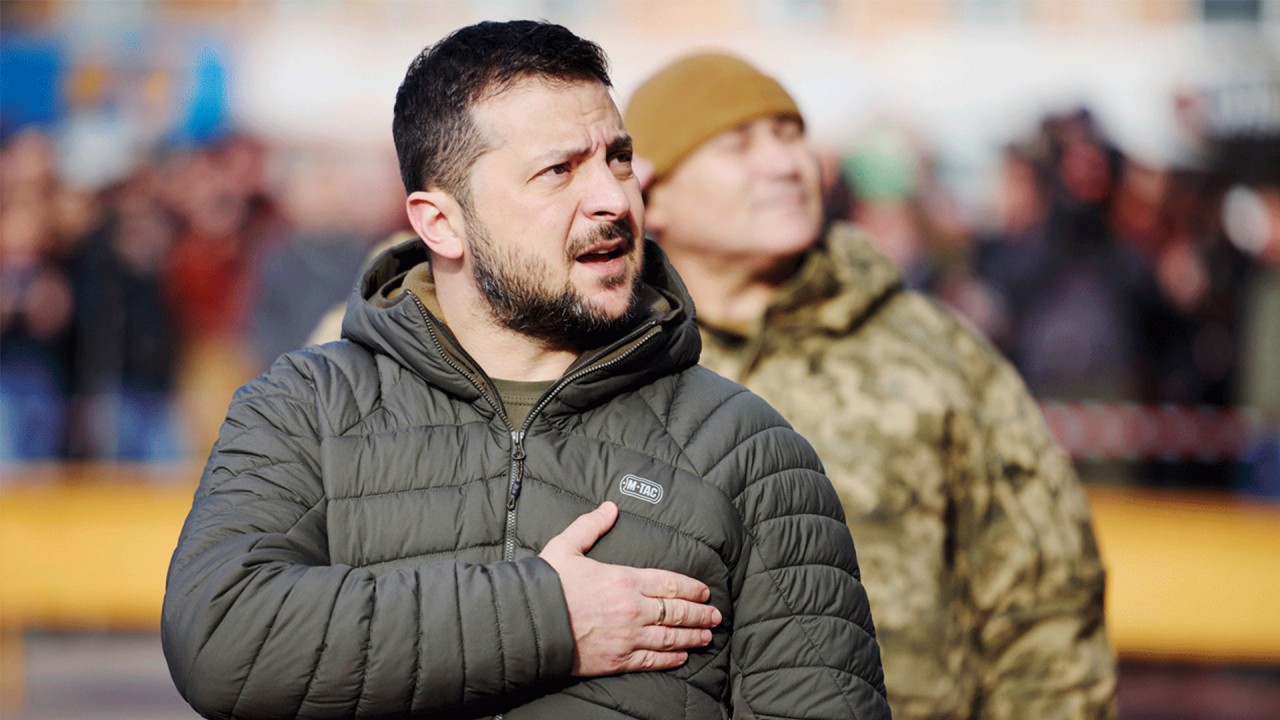
Financing Ukraine’s economic recovery will pay off for Europe in the long run
- When the war finally ends, Ukraine must begin the much longer and costlier process of reconstruction, and for that it will need the help of its European neighbours
- Yet, as was proved when the US helped to rehabilitate Europe after WWII, economic support strengthens regional stability, without which peace would be fleeting
Given that these amounts are equivalent to Ukraine’s pre-war GDP, Ukrainians cannot be expected to pay for reconstruction on their own. Ukraine’s European neighbours will need to make a major financial commitment to help rebuild its economy. Fortunately, doing so will serve their own interests. Economic instability is a breeding ground for political instability. An unstable Ukraine cannot be a strong regional ally.
American leaders recognised as much in the post-World-War-II era, when the Marshall Plan channelled around US$130 billion (in 2010 dollars) into Europe. As in Ukraine today, infrastructure across the continent (railways, electric utilities, port facilities, roads, bridges and airports) had suffered severe damage from aerial bombardment, and disruptions to agricultural production and transport meant that many people were at high risk of famine.
The Marshall Plan had two aims: European economic recovery and containment of the Soviet Union. Europe’s economic stabilisation was seen as a prerequisite to building stable institutions that would promote income growth and entrench liberal democracy.
The plan was largely successful. In Italy, it stimulated growth and fostered industrial development. In Germany, it led to new industrial policies and reinvigorated growth. And, across western Europe, it played a crucial role in restoring financial stability, driving economic liberalisation and (moderately) alleviating resource shortages.
By the 1960s, all 17 countries that accepted aid – Austria, Belgium, Denmark, France, West Germany, Greece, Iceland, Ireland, Italy, Luxembourg, the Netherlands, Norway, Portugal, Sweden, Switzerland, Turkey and the United Kingdom – had rebounded economically and become stable liberal democracies.
The Marshall Plan offers several important lessons for today. First, large cash injections can deliver big payoffs. On average, Marshall Plan transfers from 1948 to 1952 represented less than 3 per cent of GDP in the receiving countries. But, because the financial injections were front-loaded, they helped stimulate sustainable growth. For example, Italy received aid equivalent to 11.5 per cent of its GDP in 1948.
Second, though a meaningful aid and reconstruction package for Ukraine will be expensive, it is entirely feasible. In 1948, US GDP was 3.5 times greater than that of France, Germany and Italy combined. Today, the GDP of EU countries is more than 85 times larger than that of Ukraine.

Of course, there are important differences between western Europe after WWII and Ukraine today. The Marshall Plan recipients were among the world’s most advanced economies at the time, whereas the former Soviet republic suffered from systemic problems even before the war.
In 13 of the 30 years from 1990 to 2020, Ukraine recorded negative GDP growth. These starting conditions suggest that economic stabilisation will take much longer than it did in post-WWII Europe. But that is all the more reason to start planning now for a massive injection of aid.
Third, it sometimes pays to be generous towards former enemies as well as friends. The Marshall Plan allocated large sums to the countries that had fought against the US during the war, including Germany (West Germany received a 10.9 per cent share), and Italy (10.6 per cent). It was understood that ongoing stability in Allied countries would require stability in the broader neighbourhood.
The implication for today is that, under the appropriate political and strategic conditions, investing in the Russian and Belarusian economies could have long-term geopolitical benefit. This is still affordable in comparison to the Marshall Plan, because the European Union’s GDP is more than eight times larger than that of Ukraine, Russia and Belarus combined.
Europe’s dithering leaves Ukraine fighting Russia and high inflation
Regardless of whether the West gives aid to Russia and Belarus, the full costs of regional recovery will exceed the direct costs caused by the war. Altogether, the Marshall Plan represented 5 per cent of America’s 1948 GDP. If EU countries were to commit 5 per cent of their combined GDP to post-war reconstruction, they could fund an US$870 billion aid package. American contributions could increase this figure.


